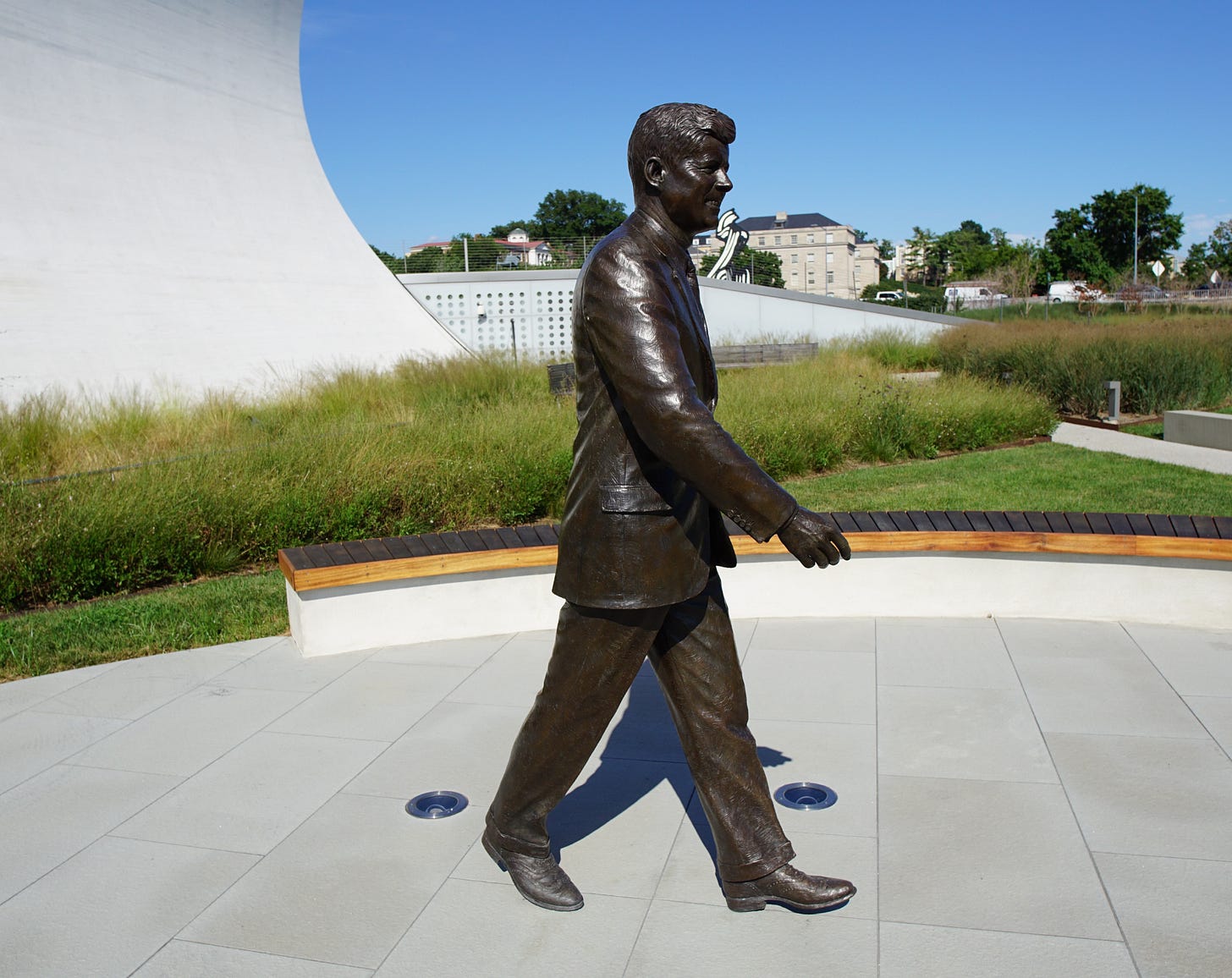Week in Review: What's in the Oswald and Joannides Files?
Malcolm Blunt calls for operational files as "Enhanced Historical Understanding"

We’re in a summertime state of mind. Congress has left town and thunderstorms are rolling through the DMV — that’s the District, Maryland and Virginia, not the Department of Motor Vehicles. While the Kennedy Center holds onto its name, …
Keep reading with a 7-day free trial
Subscribe to JFK Facts to keep reading this post and get 7 days of free access to the full post archives.

